Who hasn’t had bruschetta? I’m sure all of you have made it at one time or another. What’s different here is mascarpone.
You know it’s pronounced broo-sketta right? When my friend Linda and I were in Italy we were corrected more than once because we’d forget and use the Americanized pronunciation. Bad on us! Linda and I ordered it, we think, about 10 times in various restaurants, and in one place we returned to have another meal there, so had it twice because it was the best we had. What was different about it was a smear of a spreadable cheese on top of the toasted bread. Not only did it add a lovely rich, creamy flavor to the bites, but it also kept the juices from oozing down through the holes in the bread. We supposed it was mascarpone. It wasn’t cream cheese we were certain, it didn’t have that texture or flavor. It was softer and creamier.
We analyzed what was on the bread – tomatoes, of course. And the tomatoes were just so sweet and juicy there. And it was October, but I think there were still good tomatoes available. The tomatoes were chopped, perhaps a little bigger than mine above, but close to it. There was some minced red onion, some dried herbs, we could see, and a few places added some grated Parm. Not on top, but mixed into the tomatoes. We couldn’t see garlic in it, but perhaps they used garlic powder. Since the tomatoes are a raw mixture, Linda and I have wondered if it’s not traditional to add garlic. We couldn’t really taste it, but maybe. Also, we noticed that there wasn’t ever any vinegar in the tomato mixture. That was surprising as I would have thought it would be a vinaigrette. Nope. Just EVOO.
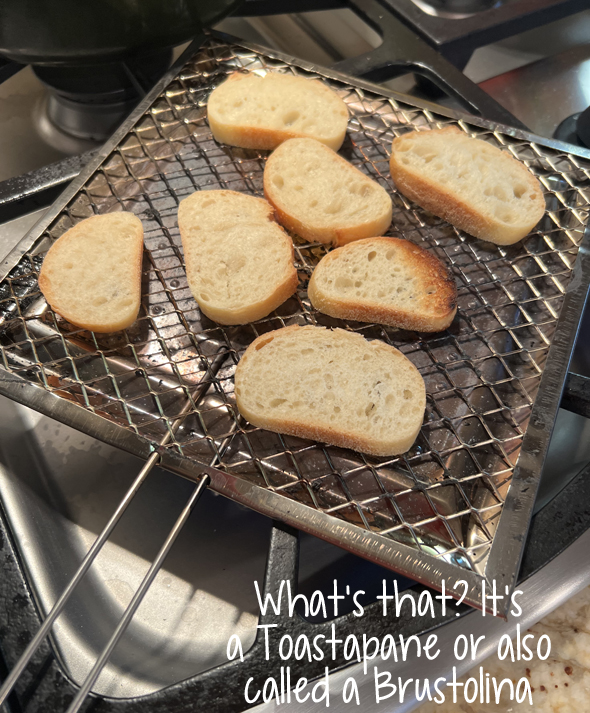 Once home, I was craving some more bruschetta, so I bought a mini French baguette, sliced it up and used my toastapane to give the slices some color. You don’t want to toast the bread so it’s all crispy. Just a little color on the edges, but soft bread on the interior. You might not have one of these contraptions, so just use your toaster oven. If you’re dying to have one of these they are available here at an Italian store. I think Joanne Weir offered them for sale at one time on her website and I grabbed one. Have had it for a long time. She explains how to use a toastapane on her website. Don’t ever wash it, just rap it against the kitchen sink to get out any crumbs. You cannot use a toastapane on an electric stove – it relies on a gas element only.
Once home, I was craving some more bruschetta, so I bought a mini French baguette, sliced it up and used my toastapane to give the slices some color. You don’t want to toast the bread so it’s all crispy. Just a little color on the edges, but soft bread on the interior. You might not have one of these contraptions, so just use your toaster oven. If you’re dying to have one of these they are available here at an Italian store. I think Joanne Weir offered them for sale at one time on her website and I grabbed one. Have had it for a long time. She explains how to use a toastapane on her website. Don’t ever wash it, just rap it against the kitchen sink to get out any crumbs. You cannot use a toastapane on an electric stove – it relies on a gas element only.
Making the tomato mixture was just a little of this and that – I’m guesstimating on the recipe below. I’ve made it twice and loved it first to the last bite. Adjust the proportions of herbs or onion, or mascarpone too. Making bruschetta isn’t an exact science, in other words. I made the mixture, made the bruschetta, and saved the oil/herb mixture and used it another time two days later. Whatever you do, don’t throw out the little marinade – use it in salad dressing or on veggies. Lots of good flavor.
What’s GOOD: love the texture, the little bit of crisp on the bread, the really creamy mascarpone, then the balanced acidity of the tomatoes, the EVOO even, the basil (yum) and even the red onion. Each bruschetta is two bites, maybe one if you want to. Ha!
What’s NOT: only that you do need to make the time to toast the bread, but making the tomato mixture is quite simple.
printer-friendly PDF and MasterCook file (click link to open recipe)
Tomato Bruschetta with Mascarpone
Recipe: My own makeshift recipe
Servings: 5
3 small tomatoes — Kumato, Roma, or heirloom, small diced
1 1/2 tablespoons red onion — finely minced
1/2 teaspoon dried oregano — crushed in your palms
1 dash garlic powder — optional
2 tablespoons fresh basil — minced, loosely packed
2 tablespoons Parmigiano-Reggiano cheese — grated
2 tablespoons EVOO
Salt and pepper to taste
Basil leaves to garnish the plate
1 small small French baguette — sliced, about 1/4″
1/3 cup mascarpone cheese — approximate
1. Toast the baguette slices in a toaster oven heated to 425°F or on broil setting just until the edges begin to brown. Do not overtoast them. Turn slices over and lightly toast the other side. Remove to a plate to cool. You want the interior bread to be soft, not crispy or crunchy. If making ahead, cool the bread and place in a sealed container to avoid humidity. If you have an Italian brustolina, or toastapane grate to toast bread, use it!
2. In a small bowl combine the diced tomatoes, red onion, oregano, garlic powder (if using), Parm, salt, pepper and basil. If time permits, allow mixture to sit for 30 minutes before serving. Can be made several hours ahead.
3. Using a small knife (an appetizer spreader works the best) smear mascarpone cheese in a light layer on each slice of toasted bread, all the way to the edges. Having done this a few times, you don’t want to be able to see the bread underneath, so just enough to cover the texture. Using a slotted spoon place about 1 1/2 tablespoons of the tomato mixture on top and garnish with an additional basil leaf, if desired. Serve immediately. Per Serving: 204 Calories; 12g Fat (51.4% calories from fat); 5g Protein; 21g Carbohydrate; 2g Dietary Fiber; 17mg Cholesterol; 203mg Sodium; 4g Total Sugars; 0mcg Vitamin D; 21mg Calcium; trace Iron; 199mg Potassium; 20mg Phosphorus.



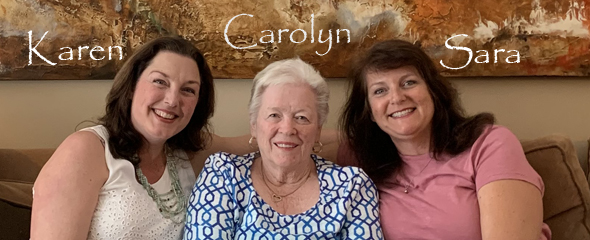
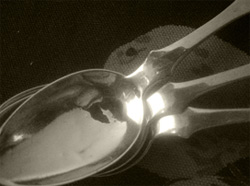
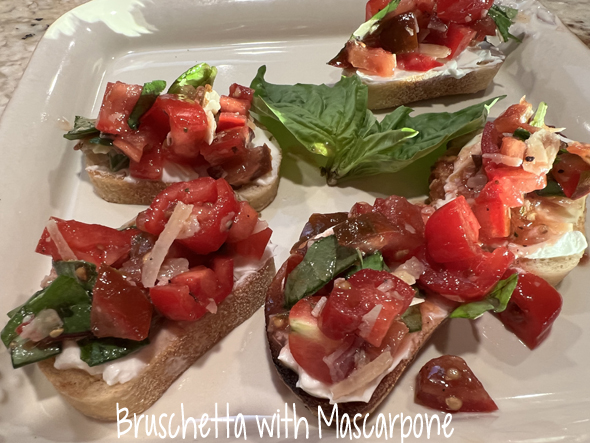

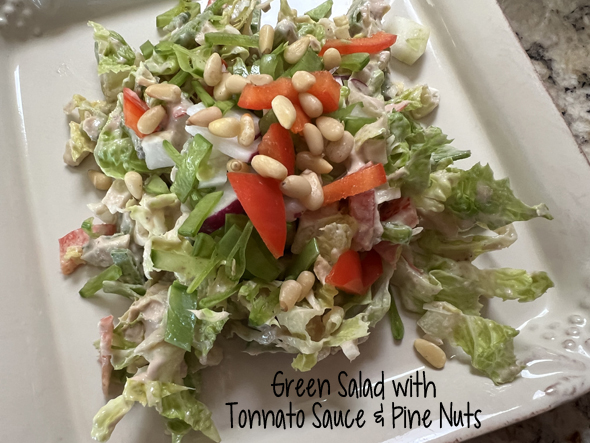
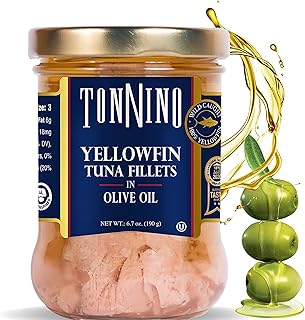
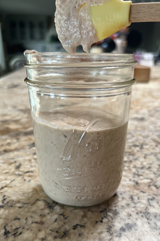
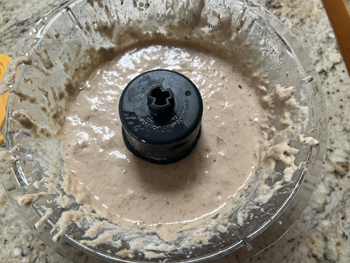







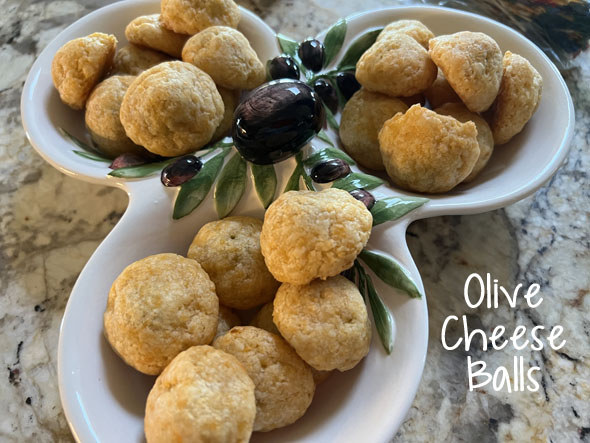
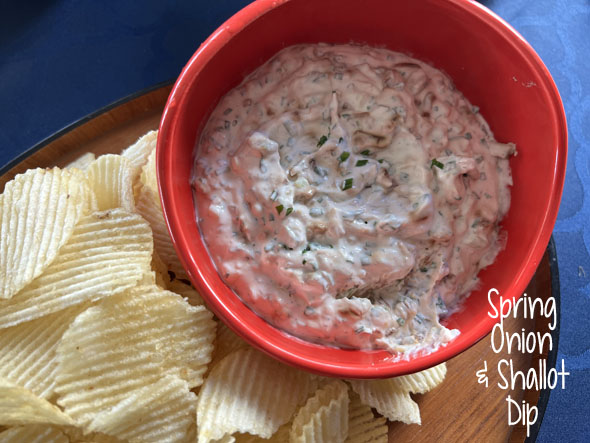
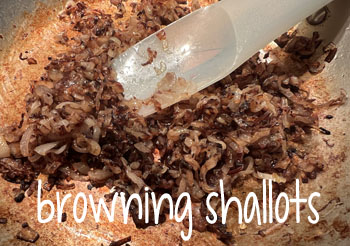
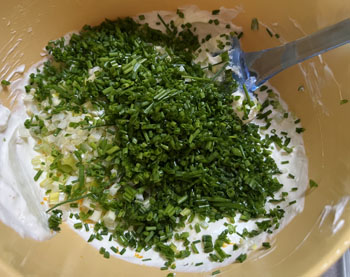
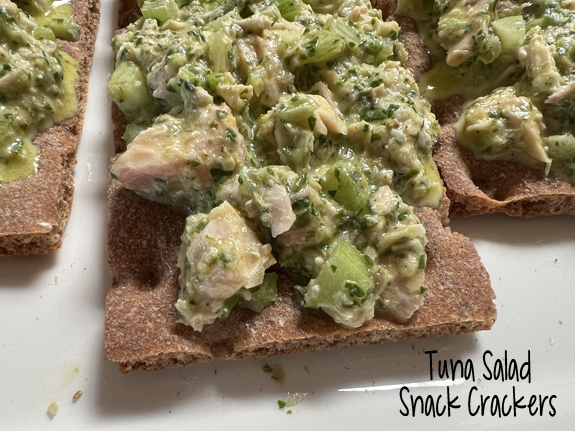
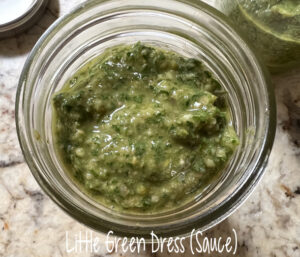
 If you’re not familiar with Castelvetrano olives . . . well, they’re a more ripe olive than the traditional green olives – not in color, just in how they pickle them, I guess. They have a milder flavor and they’re not as piquant (sour).
If you’re not familiar with Castelvetrano olives . . . well, they’re a more ripe olive than the traditional green olives – not in color, just in how they pickle them, I guess. They have a milder flavor and they’re not as piquant (sour).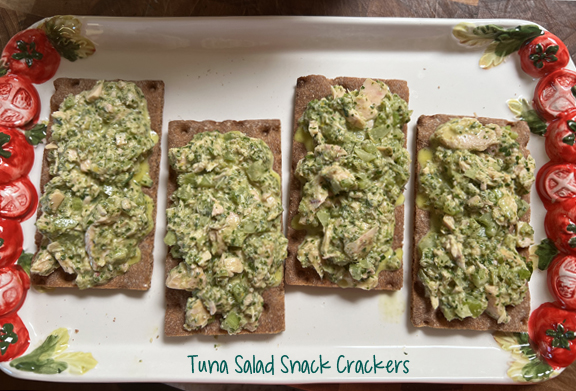
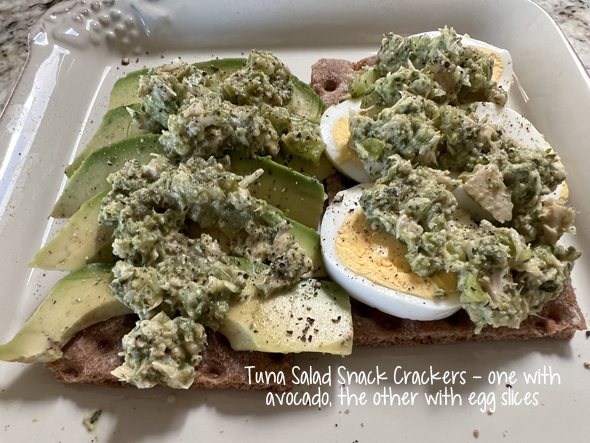
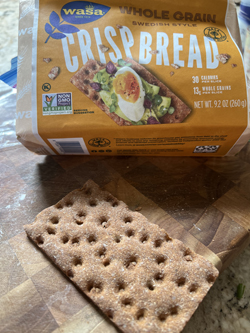

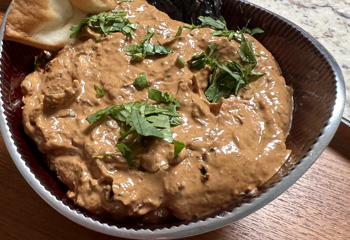
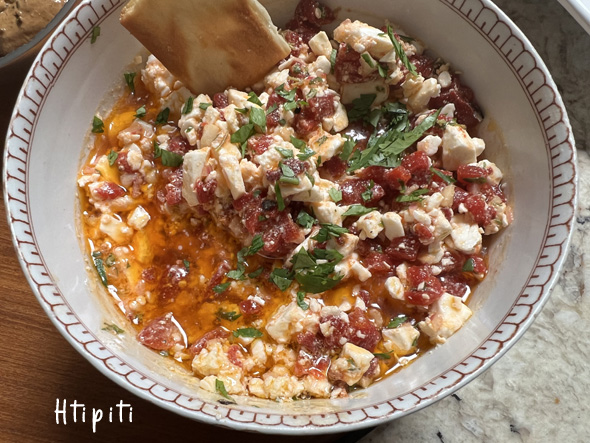
Leave a Comment!